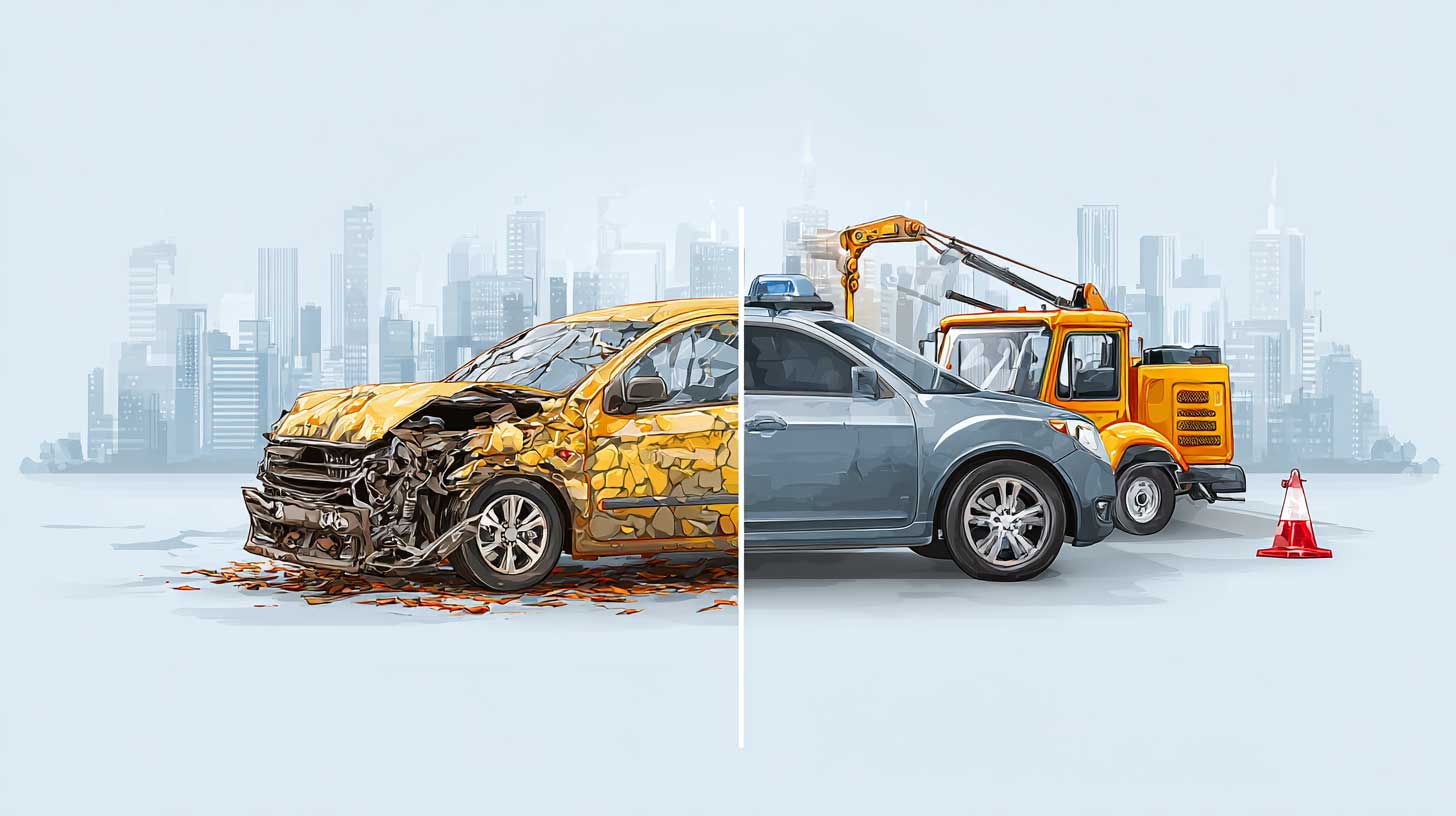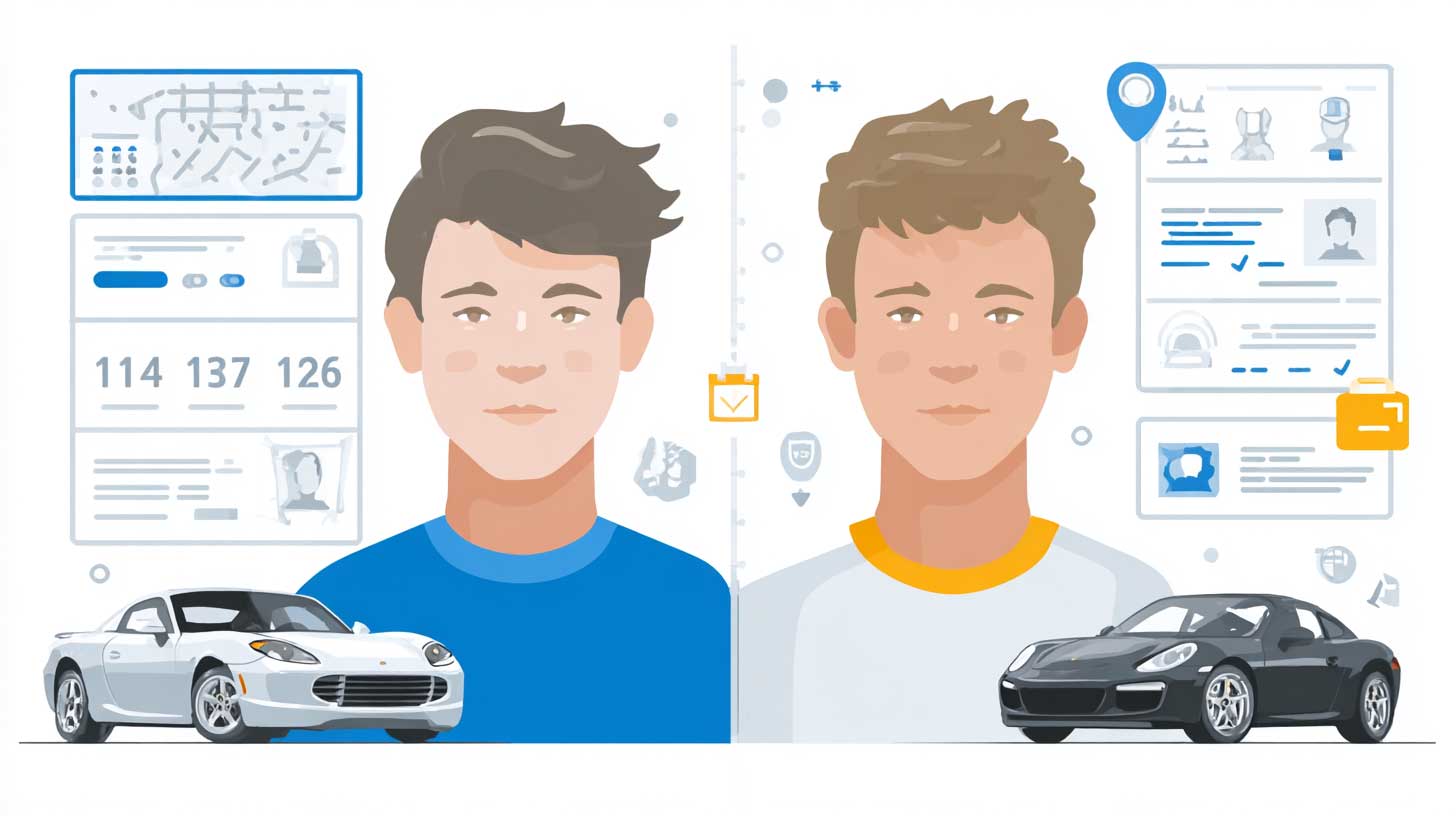Types of Auto Insurance Coverage Explained
Car insurance isn’t just a single policy—it’s a combination of different types of coverage, each designed to protect you from a specific kind of risk. Whether you're buying a new policy or reviewing your current one, it's essential to understand what each part of your coverage does—and what it doesn’t do.
Here’s a breakdown of the most common types of auto insurance coverage in the U.S. and what they mean for you as a driver.
Liability Coverage
Required in almost every state, liability insurance covers **injuries and property damage you cause to others** in an at-fault accident. It’s usually broken into two parts:
- Bodily Injury Liability: Covers medical bills, lost wages, and legal costs if you injure someone.
- Property Damage Liability: Covers damage to another person’s car, fence, building, etc.
Collision Coverage
Collision pays to repair or replace your car if you hit another vehicle or object (like a pole or guardrail), regardless of who’s at fault. If you lease or finance your car, your lender likely requires this.
Comprehensive Coverage
Comprehensive covers **non-collision incidents**—things like theft, vandalism, fire, falling objects, flood, and hitting an animal. Like collision, it’s often required if your car is financed.
Personal Injury Protection (PIP)
Also known as “no-fault insurance,” PIP pays for **your medical expenses and sometimes lost wages** after an accident—regardless of who caused it. PIP is mandatory in no-fault states and optional elsewhere.
Medical Payments Coverage (MedPay)
MedPay is similar to PIP but more limited. It helps cover medical bills for you and your passengers, and it's available in most states that don’t require PIP.
Uninsured/Underinsured Motorist Coverage (UM/UIM)
If you're hit by a driver who has no insurance—or not enough—this coverage helps pay for your medical bills and sometimes property damage. It's especially important in states with high uninsured driver rates.
Gap Insurance
If your car is totaled and you owe more than it’s worth, gap insurance pays the difference between your loan balance and the car’s actual cash value. This is often offered when financing or leasing.
Towing and Rental Reimbursement
Optional but useful, these cover the cost of roadside assistance and temporary transportation while your car is in the shop after a covered claim.
Understanding your coverage isn’t just about following the law—it’s about protecting your wallet, your car, and your peace of mind. While liability is the legal minimum, it’s rarely enough for full protection. A well-rounded policy combines several of these coverages to ensure you’re covered in a wide range of situations.
Next up, we’ll explore how car insurance premiums are calculated—and what you can do to lower yours.


